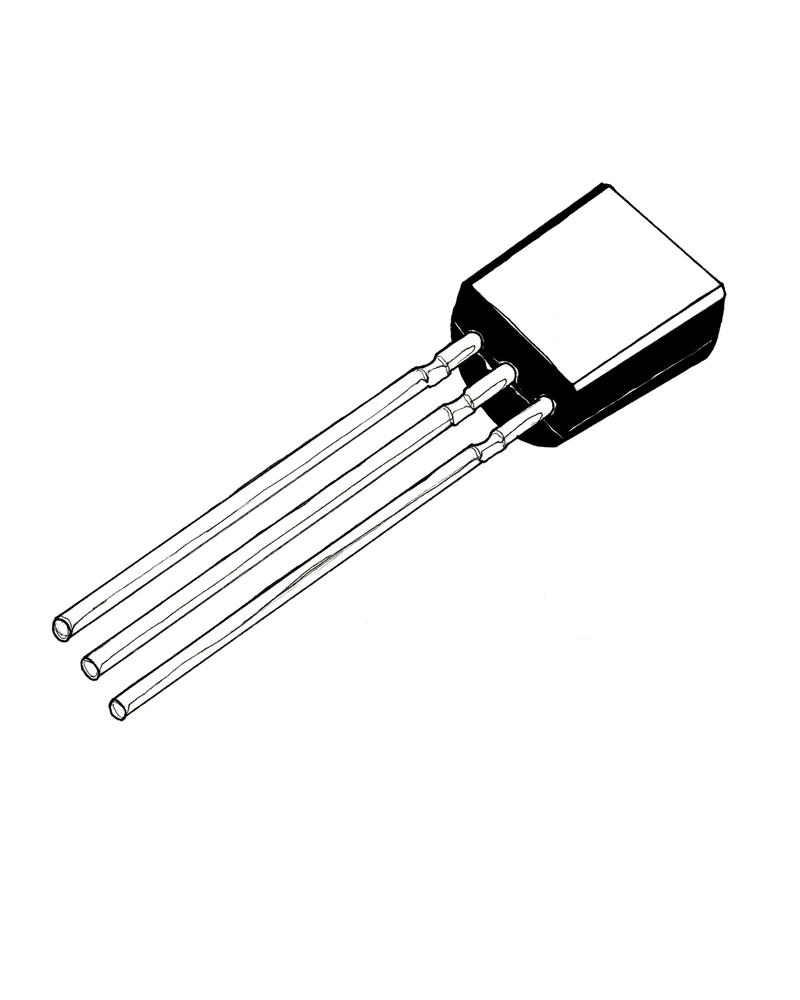
Above that channel sits another terminal, the gate. Two of them, called the source and drain, serve as the starting and end points for electrons flowing through a circuit. Typical silicon-based transistors consist of multiple terminals. But above all, you need something that works differently than a silicon transistor, so that you can drop the power consumption, a lot."

"So you need something that you can shrink smaller, if possible.

"We're getting to the point where we're going to approach the previous energy consumption of the United States just for memory (alone)," Dowben said. The microchip-enabled smartening of TVs, vehicles and other technology has only increased that demand. That predicament looms even as the demand for digital memory, and the energy needed to accommodate it, have soared amid the widespread adoption of computers, servers and the internet. And you generate heat with every device on an (integrated circuit), so you can't any longer carry away enough heat to make everything work, either." We're basically down to the range where we're talking about 25 or fewer silicon atoms wide. "There is a limit to how much smaller it can get. "The traditional integrated circuit is facing some serious problems," said Dowben, Charles Bessey Professor of physics and astronomy at Nebraska. Those limits have the semiconductor industry investigating and funding every promising alternative it can.

By regulating the flow of electric current within a microchip, the tiny transistor effectively acts as a nanoscopic on-off switch that's essential to writing, reading and storing data as the 1s and 0s of digital technology.īut silicon-based microchips are nearing their practical limits, Dowben said. Many millions of transistors line the surface of every modern integrated circuit, or microchip, which itself is manufactured in staggering numbers-roughly 1 trillion in 2020 alone-from the industry-favorite semiconducting material, silicon. "The implications of this most recent demonstration are profound," said Dowben, who co-authored a recent paper on the work that graced the cover of the journal Advanced Materials. It could also lend those microelectronics steel-trap memory that remembers exactly where its users leave off, even after being shut down or abruptly losing power. Following years of innovations from the University of Nebraska–Lincoln's Christian Binek and University at Buffalo's Jonathan Bird and Keke He, the physicists recently teamed up to craft the first magneto-electric transistor.Īlong with curbing the energy consumption of any microelectronics that incorporate it, the team's design could reduce the number of transistors needed to store certain data by as much as 75%, said Nebraska physicist Peter Dowben, leading to smaller devices.


 0 kommentar(er)
0 kommentar(er)
